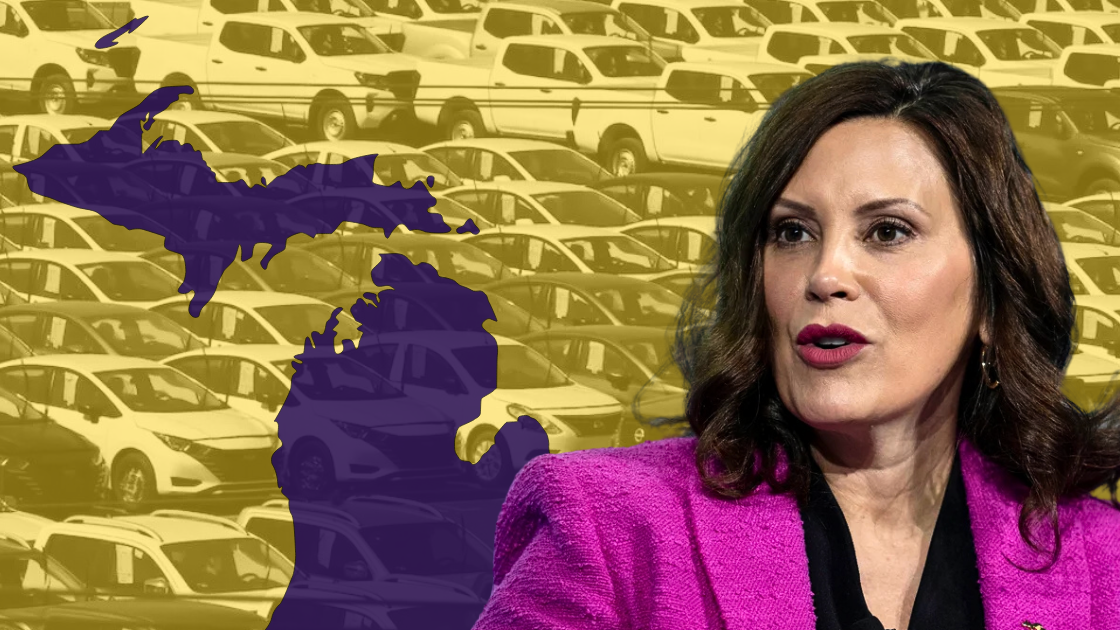
Welcome to another episode of the Car Dealership Guy Podcast.
Today’s guest is Len Short, Chairman and CEO at Lotlinx. In this episode Len shares how Lotlinx became a major player in retail automotive, discusses strategies for reducing carryover inventory, and shares insights into the current market landscape.


1. Len’s career.
Always a car guy at heart, Len started his automotive industry career with a role in advertising, working for the Chrysler brand. It was during this stint that he learned an important fact about how the auto industry works. When customers would call to inquire about a new model, Len and his team would send them a brochure as fast as possible, only to learn that the caller had already bought a new car by the time the brochure arrived. This led him to realize that vehicle sellers had a short window of opportunity to take advantage of a buyer’s interest.
2. The beginning of Lotlinx.
After working in tech, Len eventually began working for what we know today as Lotlinx. He explains that the company got its start from a tech group that had developed indexing technology for used cars and was looking for commercial applications. The fledgling company entered the scene during a time when many dealers sold inventory through platforms such as AutoTrader and Travelocity. Lotlinx played a pivotal role in transitioning dealers toward digital retail, teaching them to boost traffic for their own websites rather than a third party’s.
3. Why dealers are here to stay.
Unfortunately, Lotlinx had a difficult time attracting investments in its early years, since, at the time, most venture capitalist firms believed that digital retail would completely replace physical storefronts. However, noting that in-person shopping remains the preferred method of buying a car for the vast majority of consumers, Len explains that online retail only strengthened the physical storefront’s presence in the auto industry. This is not only because buyers still want to see and experience their car before taking it home, but they also benefit from receiving help from a salesperson or other customer service representative.
4. Explaining inventory risk.
Since manufacturers are responsible for allocating vehicles, dealers are the group who take on all the risk associated with their inventory. While most storefronts navigate this risk perfectly, Len observes that cars aren’t always guaranteed to sell in an appropriate timeframe; failing to do so can quickly result in loss of profit.
5. Why carryover supply is dangerous.
This is because dealers are forced to mark down their carryover inventory in order to attract buyers. In terms of new vehicles, the ideal timeframe is 45 days, while for used cars the window is closer to 30 days. Len notes that vehicles that take longer than this to sell usually see an average of four markdowns and earn only half the gross profit of models which sold on schedule.

Cars Commerce - The platform to simplify everything about buying and selling cars. Learn more at www.carscommerce.inc.
Withum - Withum is a forward-thinking, technology-driven advisory and accounting firm, helping clients to be in a position of strength in today’s complex business environment. Learn more at withum.com/warranty.
Lotlinx - Get the best possible market advantage on every vehicle transaction. Optimize operations and boost profits using artificial intelligence (AI) and machine learning. Learn more lotlinx.com.
6. Avoiding carryover supply.
To avoid such an outcome, dealers need to know which models are going to take longer to sell as soon as they receive them from the manufacturer. Lotlinx accomplishes this by using machine learning and massive amounts of data to predict exactly how vehicles will perform in the current market. Armed with this knowledge, retailers can identify overpriced vehicles on day one, cutting them down to match what buyers are willing to pay without the need for excessive markdowns.
7. The market landscape.
Even so, the current market landscape is challenging. While used vehicle dealerships are performing extremely well in terms of profit, benefitting from tight inventory and increased demand, new car retailers have been heavily impacted by affordability challenges. This has translated into a much higher carryover rate for new inventory. Manufacturers have responded to this by implementing incentives to spur demand for underperforming models, although Len notes that this isn’t ideal for automakers who would rather set the correct price on the first try.
8. Overall trends.
Stellantis remains one of the most troubled brands in the U.S. car market, struggling to sell vehicles in a reasonable timeframe, while Toyota retains its position as the fastest-selling automaker. But overall, trends reflect a swelling days’ supply, deepening discounts, and falling gross profits. To combat the weaker marketplace, dealers must generate incremental demand; in other words, they must find new consumers.
9. Generating incremental demand.
Len notes that retailers have attempted to drive demand through retargeting. Unfortunately, this strategy can only go so far. To drive incremental or “new” demand, dealers should rely on tools that enable them to identify a wider consumer base. Although privacy laws have made it more difficult to reach new audiences, platforms like Lotlinx utilize integrations across the automotive landscape to collect, refine, and analyze consumer data. This allows them to not only find new buyers but also direct them to the dealership.
10. Looking ahead.
As time goes on, Len expects artificial intelligence and other technological breakthroughs will drive the retail automotive sector to greater heights by taking care of time-consuming tasks such as pricing and inventory management. He also anticipates data will become more useful, allowing Lotlinx to generate greater insights for its dealers.
Become an automotive insider in just 5 minutes.
Get the weekly email that delivers transparent insights into the car market.
Join 70,000 others now, it's free:
Interested in advertising with Car Dealership Guy? Drop us a line here.
Want to be considered as a guest on the podcast? Add your name here.








